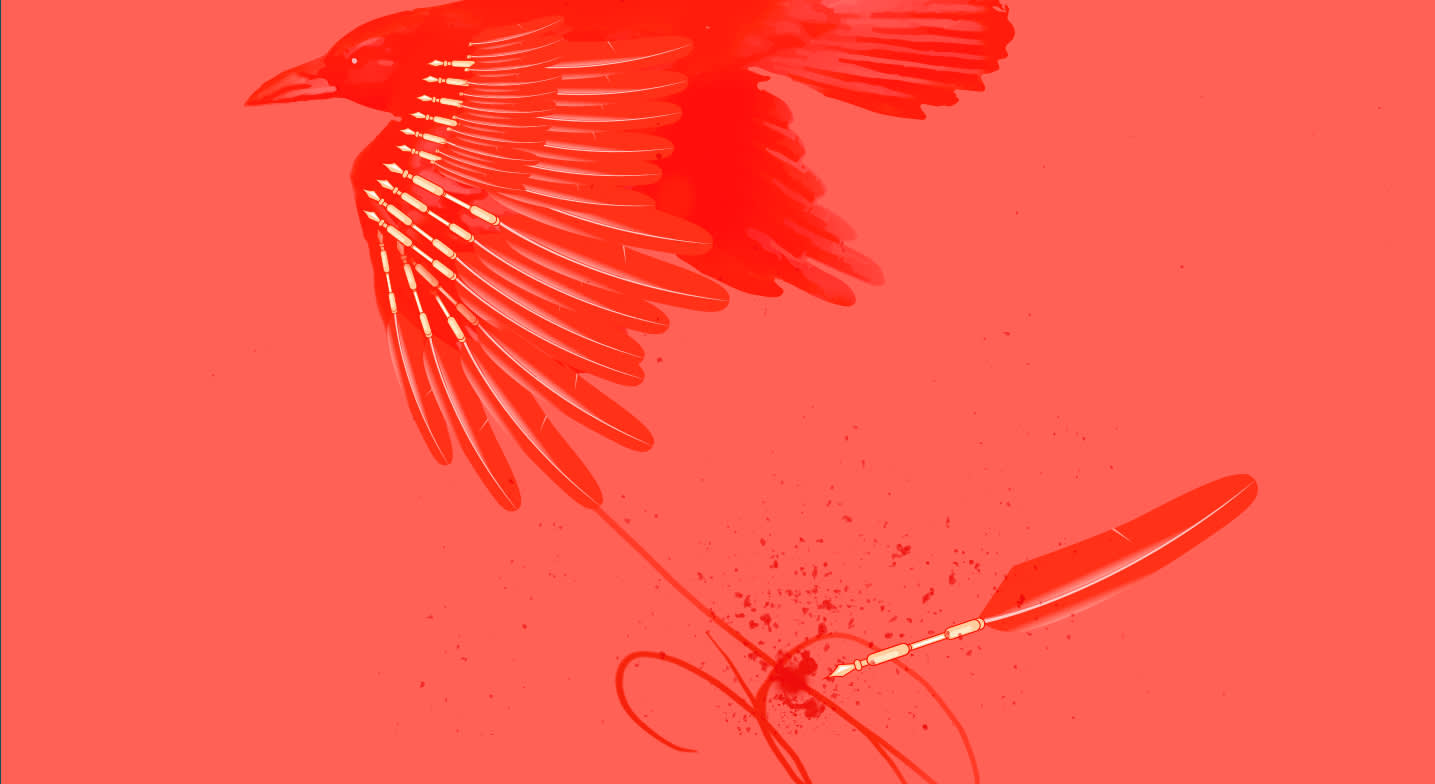In the late 19th century, a young man from County Roscommon, Ireland set out to preserve the language of his people. Douglas Hyde, a member of several nationalist organizations and a compatriot of the Irish revolutionary Maud Gonne and the young William Butler Yeats, was concerned that “as our language wanes and dies the golden legends of the far-off centuries fade and pass away.” Hyde saw this language, and the tales which were part of its “stream of collected thought,” as a means of resisting the yoke of English oppression, by allowing a colonized people access to a marginalized part of their culture. Hyde would gather these stories by visiting seanchaithe (plural of seanchaí, or storyteller), often old men, unused to the notion of someone wishing to collect their tales with pencil and paper. Hyde, who taught himself Irish in his teens, would coax them with “half a glass of ishka-baka, a pipe of tobacco, and a story of one’s own,” before patiently listening, without writing anything down, to the entire story. “[T]hen after judiciously praising him and discussing the story, you remark, as if the thought had suddenly struck you, ‘I’d like to have that on paper.’ Then you can get it from him easily enough…”
…The perfect way to pass a dark, still evening, preferably with a glass of uisce beatha (Irish for whiskey, literally “water of life”) at one’s side.
Later, Hyde would translate these stories from Irish into English despite the fact that, as he put it, “there are no two Aryan languages more opposed to each other in spirit and idiom.” Three of these tales would appear in Yeats’ 1888 collection Fairy and Folk Tales of the Irish Peasantry, and, two years later, fifteen others would appear in Hyde’s own collection, Beside The Fire. This collection is not only a scholarly attempt to preserve a vanishing way of life and an early text of the Celtic Twilight (more famously known as the Irish Literary Renaissance), but the perfect way to pass a dark, still evening, preferably with a glass of uisce beatha (Irish for whiskey, literally “water of life”) at one’s side.
This is the very environment the title of Beside The Fire is meant to conjure. Of all its tales, “The King of Ireland’s Son” has been the most enduring, inspiring a well-loved children’s adaptation despite its deep strangeness. Hyde’s transcription of “The King of Ireland’s Son” does contain a typical fairytale moral (helping strangers is rewarding). But this moral is saved until the story’s penultimate line, coming off as more of a concession than a point of emphasis. The story’s purpose, instead, seems to be to scare the living shit out of its listeners. As no less a luminary than Shane MacGowan has observed in his semi-autobiography A Drink With Shane MacGowan, Hyde’s tales were “nasty stories about people having to drag corpses on their backs for fucking twenty miles, and then, through the land of the half-living … Stuff that sent you shrieking home to your bed, y’know.” (And he would know.)

The story’s beginning wouldn’t seem out of place in a collection of stories by China Miéville or another writer of the so-called New Weird. A “king’s son in Ireland long ago” shoots a raven. “He never saw anything whiter than the snow, or blacker than the raven’s skull, or redder than its share of blood, that was a’pouring out.” Then he puts himself under obligation to “not eat two meals at one table, or sleep two nights in one house, until he should find a woman whose hair was as black as the raven’s head, and her skin as white as the snow, and her two cheeks as red as the blood.” This is a fairly impenetrable motivation to our 21st-century mentality; a protagonist who makes speculative mating decisions based upon the aesthetics of a successful bird-hunt doesn’t make much sense to a contemporary reader.
The result of this vow is sure to be a long journey, as the omniscient storyteller informs us that “There was no woman in the world like that; but one woman only, and she was in the eastern world.” As our hero journeys toward said eastern world, he comes upon “a short green man” — not a leprechaun — who is willing to be his second-in-command in return for “the place of a house and a garden.” The two subsequently pick up a motley train of grotesque, super-powered compatriots, willing to work for the same wages. These include a man who breaks stones with the side of one thigh and a man who must walk with one foot on his shoulder, lest his innate swiftness spirit him away too quickly. (Their various specialities are repeated verbatim throughout, as a mimetic device for the seanchaí.) These compatriots come in handy in the eastern world when things don’t go quite as planned. The woman in question doesn’t particularly want to be anybody’s wife (the storyteller explains this away by saying she’s under an enchantment) and would much prefer to decorate the spikes which adorn her castle with our hero’s head. To this end, she sets the never-described but chillingly named King of Poison on him.

Read off a computer screen, especially in the light of day, the text is more bizarre and surprising than outright scary (except for, perhaps, the jolt at first encountering the King of Poison), but it’s necessary to imagine first hearing it it on a cold, dark night, with no distractions other than the wind. Even putting aside its strangeness, the level of violence might seem odd to contemporary readers, who might associate fairytales with, if not Disney’s candy-colored comforts, then the staid virtues of their childhood picture books. However, Irish literature has always had a violent streak, dating back to the great pre-Christian cattle-raid epic the Táin, in which Cú Chulainn singlehandedly slays more enemies than the current population of Ireland, to the blood-drenched black comedies of contemporary playwright and filmmaker Martin McDonagh.
Irish literature has always had a violent streak, dating back to the great pre-Christian cattle-raid epic the Táin
As the historian R.F. Foster noted in his combative essay collection The Irish Story, the Irish have a “powerful oral culture, a half-lost language, the necessary stratagems of irony, collusion, and misdirection which accompany a colonized culture, maybe even the long wet winter nights” which give a “distinctive twist” to the Irish story. Though frightening and complex, these stories were a part of the daily life of the common people, heard again and again in the pub or at a private gathering. Éamon Kelly, who brought the style of the seanchaí to Irish radio and television, wrote that “the storyteller was the local historian and genealogist — a walking library, the repository of folk wisdom and culture.” At the same time, as Nuala Hayes pointed out in her 2002 obit of Kelly, his stories were also “wickedly entertaining and subversive of authority — whether of the parish priest, bishop, judge, or lord.”
In 1916, Padraic Colum would turn “The King of Ireland’s Son” into a very successful children’s book by sanding off its weird and savage ends. Douglas Hyde would go on to serve as the first President of Ireland from 1938 to 1945, capping a long and diverse career as poet, scholar, essayist, nationalist, and politician. His beloved Irish language was preserved throughout the 20th century via a series of governmental projects, including the establishment of Gaeltachtaí. Beside the Fire augments and strengthens this achievement, allowing all of us to experience, if ever so briefly, the vibrancy of a vanished culture.




